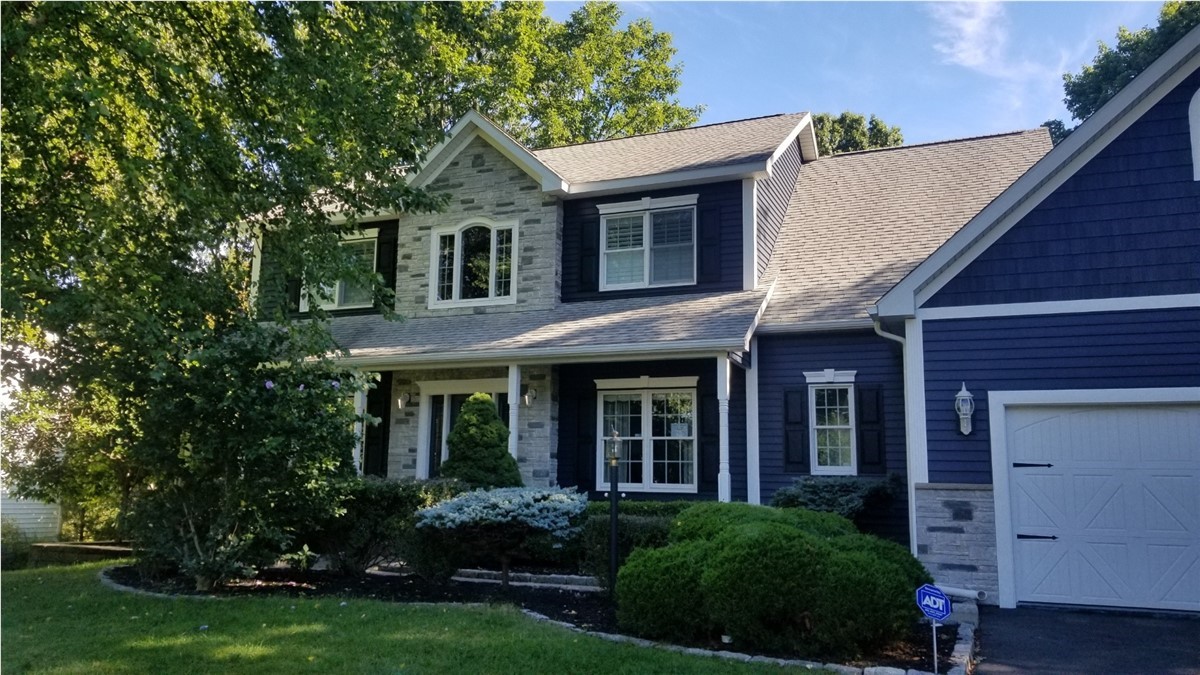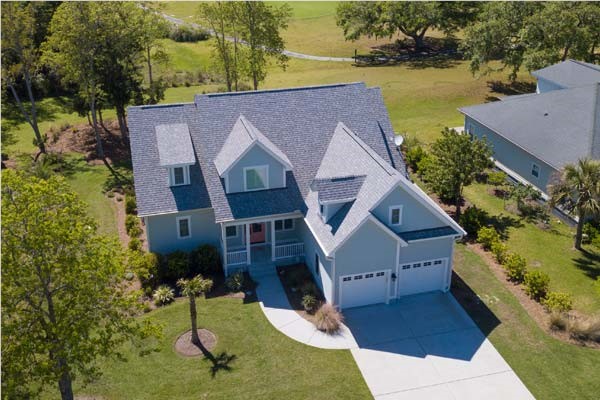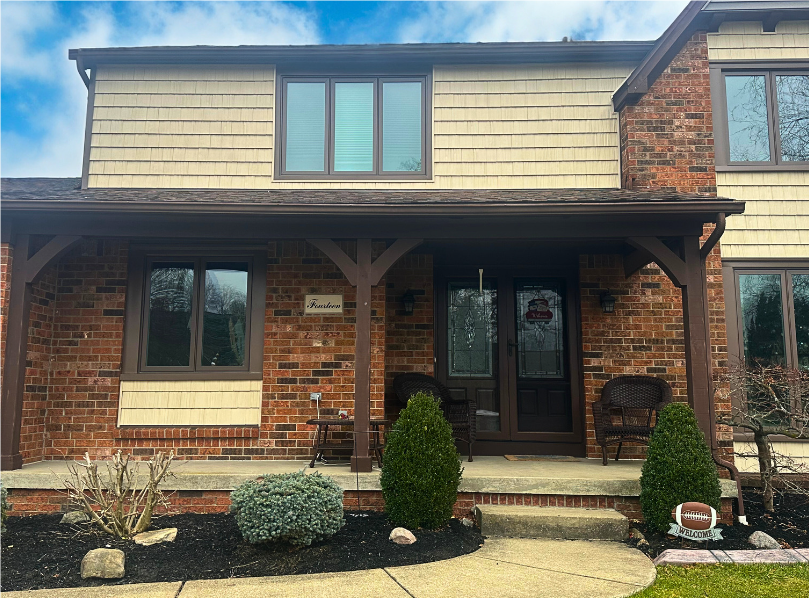 With the frosty weather quickly descending it's once again time to dust the cobwebs of the furnace and start prepping for another toasty winter inside your home. There are of course many different approaches that you can take to making your home more comfortable in the winter from caulking around window casings to wrapping your windows plastic, but air sealing is especially effective. The end-result of air sealing affects your home's building envelope by closing off all of the exposed cracks, holes and imperfections in your home's interior to the exterior elements. This is typically done by using an expanding spray foam that fills and penetrates the gaps to eliminate air infiltration. The ENERGY STAR program estimates that the average home's building envelope has enough of these minuscule holes and cracks that the square footage is equivalent to leaving a window open year round (so that you can watch your money float away through it). Let's dig deeper and uncover air sealing value....
With the frosty weather quickly descending it's once again time to dust the cobwebs of the furnace and start prepping for another toasty winter inside your home. There are of course many different approaches that you can take to making your home more comfortable in the winter from caulking around window casings to wrapping your windows plastic, but air sealing is especially effective. The end-result of air sealing affects your home's building envelope by closing off all of the exposed cracks, holes and imperfections in your home's interior to the exterior elements. This is typically done by using an expanding spray foam that fills and penetrates the gaps to eliminate air infiltration. The ENERGY STAR program estimates that the average home's building envelope has enough of these minuscule holes and cracks that the square footage is equivalent to leaving a window open year round (so that you can watch your money float away through it). Let's dig deeper and uncover air sealing value....
Why would I need to air seal if my home is already insulated?
 Insulation and air sealing. Insulation wrote better songs.
Insulation and air sealing. Insulation wrote better songs. Like Simon & Garfunkel, air sealing and insulation work best in tandem, they are the yin to each other's yang. A home that is well insulated but that is not (or is poorly) air sealed will continue to have air infiltration into the home where it should not. Insulation can help to slow the air from entering or leaving your home but can't stop it, think of it like a blanket with a hole in the middle. Vice-versa, a home that is air-sealed but has poor insulation will have a hard time keep the air inside your home's building envelope, think of it like trying to stay warm by wrapping yourself in cellophane. these two systems work well together and should be your plan if you want to take your homes energy efficiency and heat or cooling costs seriously. In a best case scenario, for a space like an attic, the preferred method is to first air seal and then blow in insulation; when that is not possible the home can still be effectively air sealed after it has been insulated.
Where should air sealing be done?
Typically the basement around the rim joists and sill plate and in the attic around beams and other construction etc. represent the most high-value targets for air sealing but there are certainly any number of locations that can allow air leakage like canister lights. Take a look at the image below to see many these common areas.How much does air sealing cost?
Air sealing is relatively inexpensive, as far as home improvements go, and is the most cost-effective way to curb your high energy bills. The most difficult air sealing jobs typically max out at around $1 per square foot of house with less complicated projects coming in below that, of course, each home has different needs.How is air sealing done?
Air sealing is typically done by using a large canister filled with polyurethane that expands when it contacts the air. It is sprayed from the canister through a long metal hose to get into those hard to reach spaces in attics. Air sealing can be messy work and is typically not a project that is not recommended for a DIY'er, it usually involves getting far into crawl spaces and searching for the typical locations of cracks and crevasses and any that may be unique to the individual home. Work that is typically best left to a weatherization professional.Don't the air leaks in my home offer better circulation and ventilation?
It is worth mentioning that while air sealing your home is a good thing, it is also important to have proper air ventilation in your home to avoid mold growth and other byproducts of poorly circulated, unhealthy air. However effective air circulation is best done by having exhaust fans and attic vents do their job, not through air leakage. A properly sealed home should also have the appropriate ventilation to expel contaminated air and draw in fresh air.Pound for pound air sealing is hard to beat with its overall effectiveness and price point, so if you have a home that isn't quite as comfortable as you would like or your energy bills seem to be through the roof without much reason, one weatherization project to think about this winter is having your home air sealed.

Tags
Subscribe to the Comfort Windows & Doors Blog








Comments